In today's fast-paced and convenience-driven world, most consumers don't take time to read product labels. Most shoppers end up buying products they believe are healthy without really looking at what's in the package. Taking the time to read product labels helps you make informed choices about what you put in your body. The next time you are at the grocery store, take a moment to read the product labels and choose foods with fewer and more natural ingredients. This guide will help you decode the language used on product labels and make healthier choices.
Start with the ingredient list
The first step to reading a product label is to read the ingredient list. Look for products with few and natural ingredients. Avoid products that have ingredients with long chemical names that you don't understand. Also, watch out for products with added sugars, artificial colors and flavors. These can have a negative impact on your health in the long run.
Beware of High Fructose Corn Syrup
HFCS can be described as the main player in the obesity epidemic. It can now be found in products that you don’t even imagine it can be needed there. Sometimes appears as an additive or sometimes as a sweetener, you always need to look for it because it might be there. It can appear as HFCS or sometimes just Fructose Syrup, but is basically the same thing.
Continue looking for MSG
Mono Sodium Glutamate has been linked since the 1990’s to different forms of cancer, it was banned in certain quantities from products in Europe since the early 2000’s but it’s still permitted by the FDA because there is no “conclusive” evidence that it causes cancer itself. I don’t know about you, but I don’t need to wait for the “conclusive” results to kick it out of my pantry.
Color is not always Fun
Be very alert about Food Colorings. You really want to avoid any Artificial Food Colorings, but be specially aware of the following: Red #40 - The most commonly used coloring is also the one with the most commonly known adverse side effects. From Hyperactivity in kids to Inflammation and Migraines in adults. Blue #1 and #2 - Banned in Europe. Yellow #5 and #6 - Risks developing kidney tumors. And the list goes on and on… not fun.
Keep an eye on Serving Sizes
Product labeling often gives nutrition information based on a single serving. However, the serving size on the package might not be what you consider a single serving. Be sure to check the serving size and make adjustments if necessary. It can be helpful to use a measuring cup or a food scale to ensure you eat the right portion size.
Check for potential allergies or intolerances
If you have food allergies or intolerances, it's essential to read the ingredient list to ensure the product doesn't contain substances that could trigger allergic reactions. Look for triggers like gluten, dairy, soy, nuts, and eggs in the ingredient list. If you are gluten-intolerant, you must look for products that are certified gluten-free.
Should you prefer products with the USDA Organic seal?
Although it doesn’t guarantee that the products are healthy, products that have the USDA Organic seal means that they are made from organic materials. Organic labeled products are free of genetic modification, chemical pesticides, and fertilizers. Therefore, they are safer to consume than conventional ones. However, be sure to keep in mind that organic products are generally more expensive than non-organic products.
Understanding the Nutritional Information
Product labels show nutrition information, such as calories, protein, carbohydrates, cholesterol, and fat. However, it's essential to understand the nutritional information is based on the product's serving size. When comparing two products, be sure to check on the values on the 100g so that you are comparing for the same serving size.
